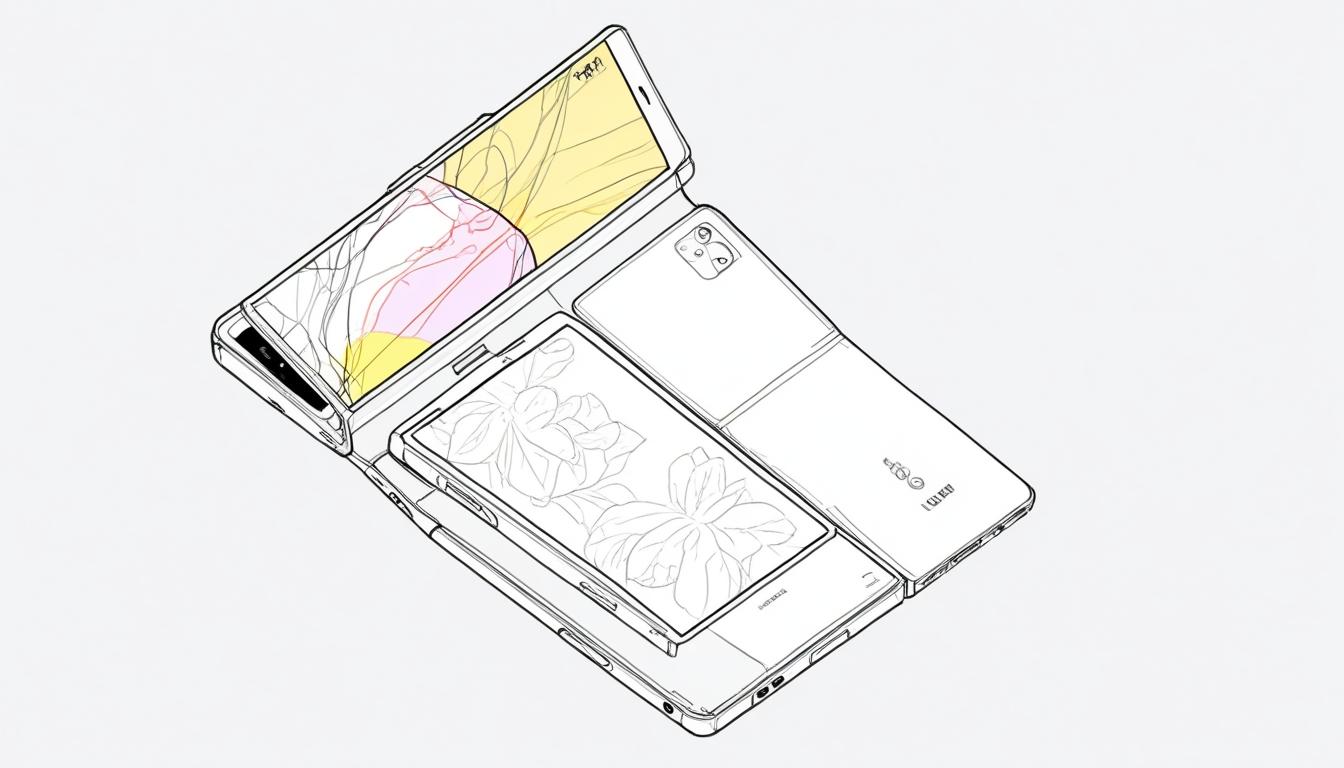It has been four years since LG officially exited the smartphone market, with no new LG phone models released since the company's departure. However, many users still own and actively use LG handsets, alongside others who keep classic models stored away. Yet, a significant new development marks the end of an era for LG smartphones, as all devices will cease receiving software updates starting on June 30, signalling their gradual transition into obsolescence.
LG's approach to mobile phone design set it apart in the industry, often embracing bold and unconventional ideas. Before the widespread emergence of foldable phones, LG experimented with dual-screen technology. This was most evident in the LG Wing, which featured a unique swivel mechanism allowing the top screen to flip from portrait to landscape, creating a "digital cross" with a smaller secondary display underneath. Another example was the LG V60 ThinQ, which provided a dual-screen case, enabling users to span content across two full-sized displays or use one screen as a virtual keyboard.
LG was known for its inventive marketing and product features, coining terms such as "Groufies" to describe group selfies taken with the LG V10's dual front cameras. Innovations extended to seemingly quirky features: the LG Velvet supported ASMR recording, and the LG K7i could emit a sound designed to repel mosquitoes. Such technological experiments often raised eyebrows for their unusual nature but showcased LG's willingness to innovate.
Historically, LG also pushed the boundaries of software, being among the first manufacturers to support Windows Phone 7, despite its limited commercial success, and introducing the first phone running Android Nougat. LG's lineage included affordable and reliable feature phones, such as the Voyage and enV models, which combined practicality with design appeal, often recommended for younger users needing dependable yet economical devices.
The reason behind LG's abrupt exit from the phone market remains somewhat unclear. Some speculate that intense competition, particularly from fellow South Korean giant Samsung, played a role. Both companies dominate various sectors of commerce and culture in South Korea and have demonstrated a readiness to take risks, notably Samsung’s early adoption and successive refinements of foldable smartphones like the Galaxy Z Fold 6 and Galaxy Z Flip 6.
Unlike Samsung, however, LG often introduced experimental designs without sustained iteration, as seen with the LG Wing being the company's last significant attempt at innovation before it discontinued the phone business. This pattern of bold but short-lived experimentation contrasts with the current smartphone market's trend towards standardised designs across major brands such as Apple, Google, and Samsung, which tend to favour consistent, predictable product lines.
Today, affordable innovation in smartphone technology increasingly comes from brands like TCL, Huawei, OnePlus, and Nothing, which operate on the margins of the US phone market but have limited influence over mainstream industry trends.
As the final software updates for LG phones are set to conclude this summer, the gradual disappearance of LG’s unique presence in the smartphone landscape signals a shift towards market uniformity. Though LG’s innovation streak and risk-taking approach are no longer part of the industry, their legacy remains a distinctive chapter in mobile phone history. The Tech Radar is reporting on this transition, reflecting on LG's contributions and the broader implications for smartphone design and innovation.
Source: Noah Wire Services
